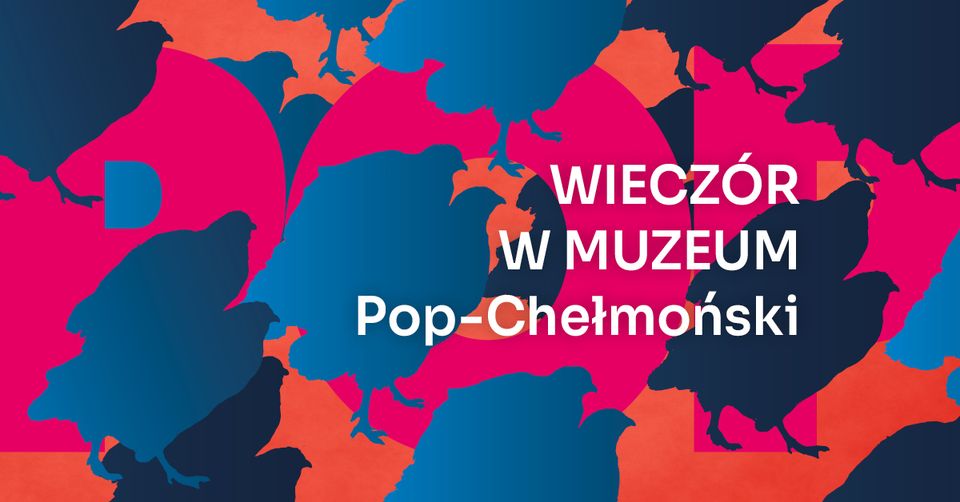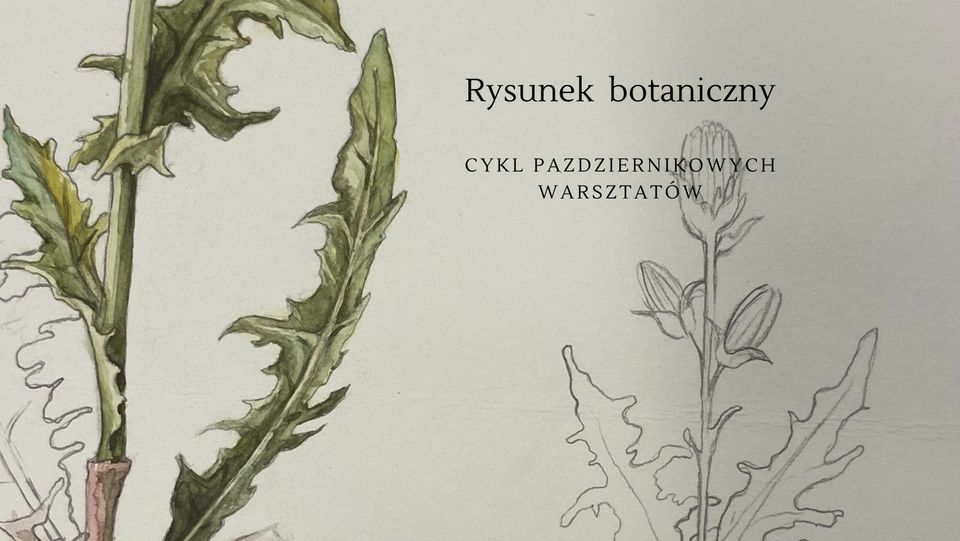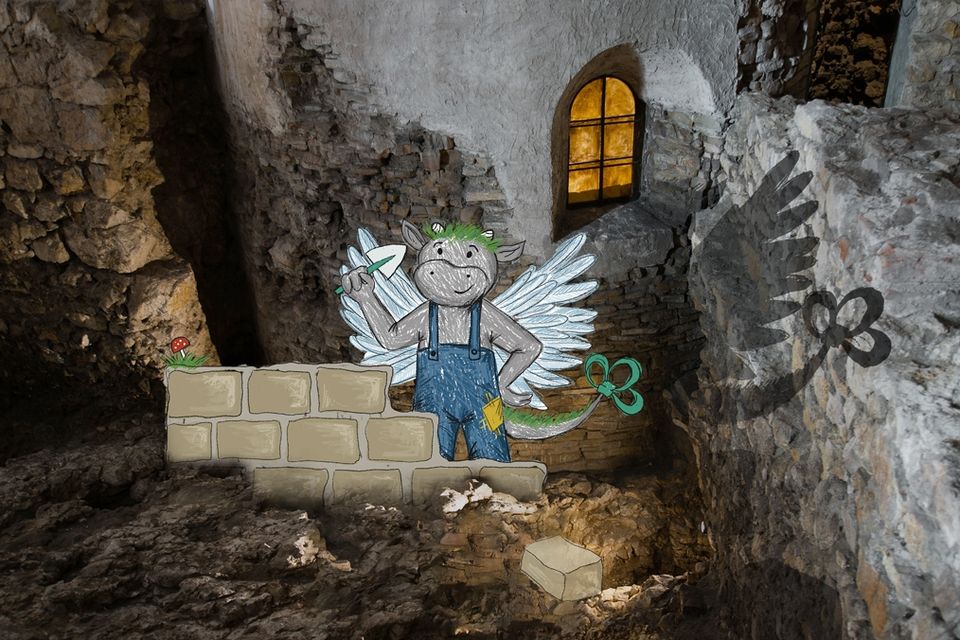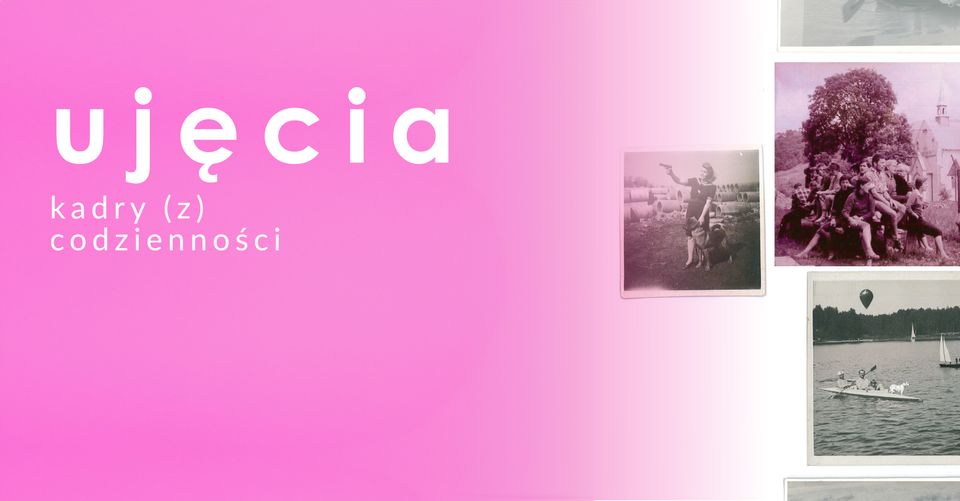
The main theme of the evening will be pop culture transformations of the work of one of the most recognizable Polish artists of the 19th century. To the sounds of Michał Zygmunt's music resonating in the Main Hall, we will immerse ourselves in the world of nature sounds, while Arek Pasożyt, a visual artist and author of the Manifesto of Parasitism, will invite us to creative activities. Educators will answer your pressing questions in the exhibition space and share unusual stories related to Chełmoński's works.
We will close the evening with a discussion about the inspirations of Józef Chełmoński's painting in visual arts and popular culture.
We invite you!
📅 Date: Friday, November 8, 5:00 PM – 9:45 PM
📌 Location: Main Building of MNW, Main Hall, Educational Space, temporary exhibition
👤 For whom: adults and youth
📓 Participation rules: from 5:00 PM to 8:00 PM, participation in events is possible with an entrance ticket to MNW / free tickets for the panel discussion available at the box office and online from Wednesday, November 6 / limited number of places
♿ Event accessibility: no architectural barriers, induction loop
DETAILED PROGRAM
👉🏻 5:00 PM – 8:00 PM / Q&A and sketchbook / temporary exhibition
Educators – you will recognize them by their badges saying ASK ME – will talk about the works presented in the exhibition and answer your questions. In one of the exhibition rooms, an additional challenge awaits you – try your hand at sketching, inspired by Chełmoński's paintings.
👉 5:00 PM – 8:00 PM / Soundscape / Main Hall of MNW
Michał Zygmunt, a musician and author of professional field recordings of nature, will take us into the world of nature sounds. His pieces, using recorded sounds of forests and riverside reeds with elements of electronic music, will set the mood for the exhibition. In the Main Hall filled with deck chairs and poufs, you will relax and feel the closeness of nature.
Michał Zygmunt – musician, music creator, author of professional field recordings of nature. Author of several dozen albums and publications, co-author of initiatives such as Odra Sound Design, Sound Trail of the Odra, the series of instruments Odra Guitars. Artistic director and co-author of projects Lemkos on the Odra, Legnica Sound Map, Polish-Norwegian music festival Punkt Eklektik Session. He performs, creates audio dramas, conducts creative workshops, and sound presentations.
👉🏻 5:00 PM – 8:00 PM / Parasitizing on Chełmoński / Educational Space
In the Educational Space, you will be able to recycle iconic works of Józef Chełmoński together with Arek Pasożyt – a visual artist and author of the Manifesto of Parasitism. We invite you to creative fun, breaking artistic conventions, as well as experimenting with the form and content of the paintings.
Arek Pasożyt – visual artist. In 2010, he formulated the Manifesto of Parasitism, presenting the idea of his actions as a parasitic artist, critically addressing the status of the artist in society. According to the ideas contained in the Manifesto, he lived, worked, and created, parasitizing for four years in several cities, cultural institutions, and other places related to culture. Over time, his actions evolved into so-called host projects with social groups referred to as 'social parasites.' From the beginning of his activities, he painted works that gradually became an increasingly significant part of his creativity. Besides formal parasitism, they speak about the condition of humanity and the world, and are also a direct commentary on the current socio-political situation.
👉🏻 8:15 PM – 9:45 PM / Chełmoński in pop culture / panel discussion / Main Hall of MNW
T-shirts with Indian summer, memes with storks, frames from the latest version of The Peasants taken directly from Chełmoński's paintings. What determines the popularity of an artist from over a century ago? At the end of the evening, we invite you to a discussion dedicated to the place of Józef Chełmoński's painting in contemporary visual culture. We will consider what accounts for the enduring popularity of the artist's work and how the painter's works are processed. What does this say about Chełmoński, and what about ourselves and our world?


